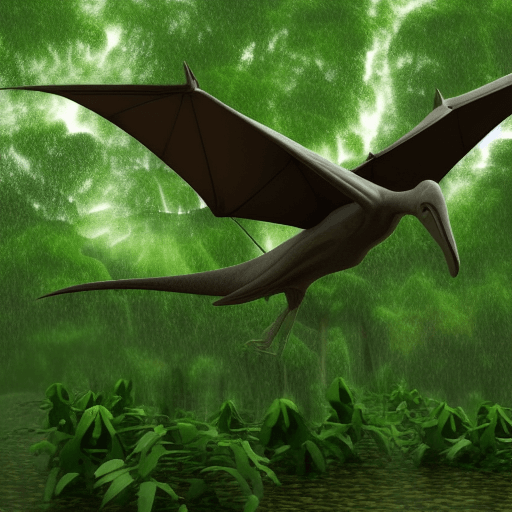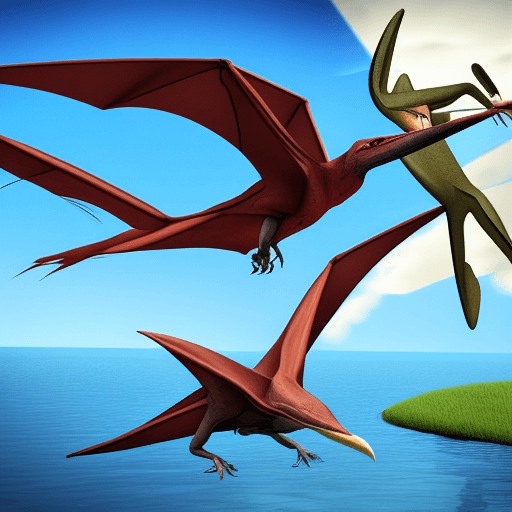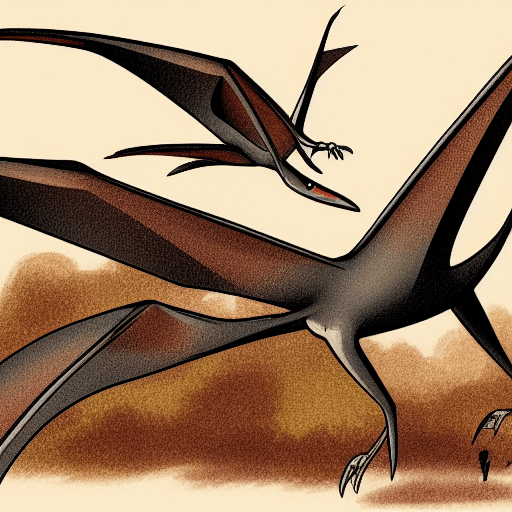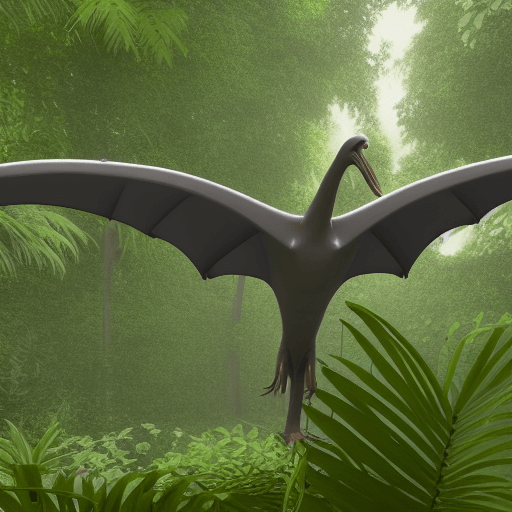Pteranodon Vs Pterodactyl
Do you know the difference between pteranodon vs pterodactyl?
These two creatures are often confused with each other. But they are actually quite different.
Let’s explore the differences between pteranodons and pterodactyls and help you learn to tell them apart.

Pteranodon was a giant flying reptile that lived during the late Cretaceous period, while pterodactyls were smaller and lived during the early Jurassic period.
Both creatures had wingspans of up to 25 feet, but pteranodons were much larger than pterodactyls.
They both ate insects and other small prey, although pteranodons may have also eaten fish and other small animals.
What are the differences between pteranodons and pterodactyls?
Pteranodons and pterodactyls are both members of the order Pterosauria, a group of flying reptiles that lived during the Mesozoic Era.
Explain It To A Child
Pteranodon was a giant flying reptile that lived in the late Cretaceous period. It had a wingspan of up to 25 feet. Pterodactyls were smaller and lived during the early Jurassic period. They had a wingspan of up to 25 feet as well.
However, there are some significant differences between these two types of pterosaurs.
Pteranodons
- Were the earlier of the two, appearing during the Late Jurassic Period.
- They had long, narrow skulls and teeth adapted for eating fish.
Pterodactyls
- On the other hand, evolved during the Early Cretaceous Period and had shorter, broader skulls with beaks that were better suited for eating insects and other small prey.
- In addition, pteranodons had smaller bodies and wingspans than pterodactyls, averaging around 3 meters in length compared to the 6-meter wingspan of some pterodactyl species.
Despite these differences, both groups of pterosaurs were fiercely successful predators in their respective ecosystems.
Habitat: Pteranodon vs Pterodactyl

Pterodactyls were primarily found in tropical and subtropical regions, while pteranodons were mostly found in temperate and subtropical regions.
This difference in habitat may be due to the different types of food that these animals ate.
- Pterodactyls primarily fed on fish, which were more plentiful in warmer climates.
- Pteranodons, on the other hand, feed on insects, which were more common in cooler areas. Another difference between these two groups is their size.
Sizing: Pteranodon vs Pterodactyl

Pterodactyls were generally much larger than pteranodons, with some species reaching lengths of up to 10 meters.
Pteranodons, by contrast, only reached lengths of up to 3 meters. This difference in size may be due to the different types of habitats that these animals lived in.
Pterosaurs that lived in open areas had to be larger in order to take advantage of the available space, while those that lived in forested areas could be smaller because they didn’t need to worry about competing for space.
Diet: Pteranodon vs Pterodactyl
The diet of a pteranodon vs pterodactyl can be quite different.

- Pteranodon was a carnivore that fed on fish, small reptiles, and even birds.
- In contrast, pterodactyls were mainly herbivores that grazed on plants.
However, some pterodactyls did eat small animals, and some pteranodons may have eaten fruit or plants.
The diet of these two flying reptiles was likely influenced by their environment and the available food sources.
For instance, pteranodons lived in coastal areas where there was an abundance of fish, while pterodactyls inhabited inland areas with more plants.
Ultimately, the diet of a pteranodon vs pterodactyl depended on the specific species and its habitat.
How to tell pteranodons and pterodactyls apart
One of the easier ways to tell pterodactyls and pteranodon apart, was by their size. Pterodactyls, also known as “true” pterosaurs, were smaller than pteranodons and had longer heads and necks.
They also had toothless beaks and more powerful wings, which allowed them to hunt larger prey.
In contrast, pteranodons were bigger, with shorter necks and skulls that were angled backward.
They also had teeth, which they used to eat small insects and fish.
Although both groups of reptiles are now extinct, their fossils provide valuable insights into the amazing creatures that once ruled the skies.
Which one is better – pteranodon or pterodactyl
So, which one is better?
Both animals were incredibly successful in their environments and had unique adaptations that allowed them to thrive. However, if we had to choose one, we would probably go with the pteranodon.
Not only was it larger and more imposing, but it also had a beak that was well-suited for hunting fish – its main food source.
In addition, the pteranodon’s crest may have been used to help it communicate with other members of its species.
All things considered, the pteranodon was a truly impressive creature and deserves to be recognized as one of the greatest flying reptiles of all time.
Fun facts about pteranodons and ptersdactyls
Pteranodons and pterosaurs (better known as pterodactyls) are both flying reptiles that lived during the Mesozoic Era.
Although they share many similarities, there are also some significant differences between the two groups.
For instance, pteranodons had long, narrow beaks that were well-suited for catching fish, while pterosaurs had shorter, broader beaks that were better suited for eating plants.
In addition, pteranodons had webbed feet with clawed toes, while pterosaurs had clawed hands and footless wings.
Despite these differences, both pteranodons and pterosaurs were incredibly successful flying reptiles that ruled the skies for over 150 million years.
So next time you’re enjoying a sunny day at the park, spare a thought for these fascinating creatures that once ruled the skies!
Article Sources
Jacks of Science sources the most authoritative, trustworthy, and highly recognized institutions for our article research. Learn more about our Editorial Teams process and diligence in verifying the accuracy of every article we publish.
